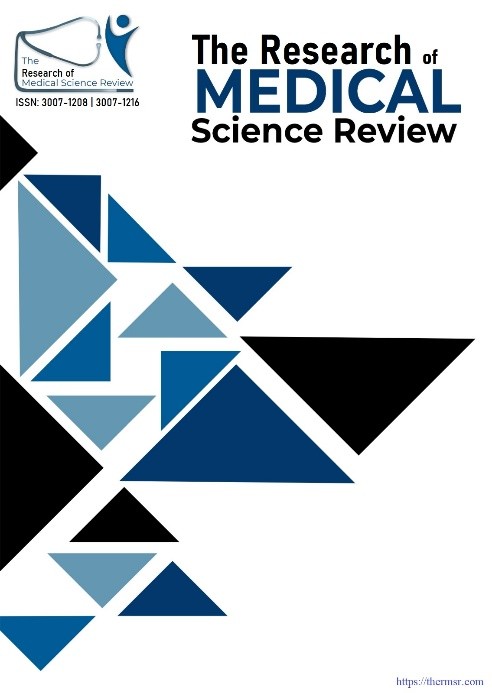ASSESSMENT OF VARICOSE VEIN IN LOWER EXTREMITIES & ASSOCIATED RISK FACTORS ON DOPPLER ULTRASOUND AT HAYATABAD MEDICAL COMPLEX PESHAWAR
Main Article Content
Abstract
Introduction: A prevalent vascular disorder that affects millions of people worldwide, varicose veins are characterized by swollen and twisted veins, usually in the legs. This study used Doppler ultrasonography evaluation to investigate the prevalence and risk factors of varicose veins in patients at Hayatabad Medical Complex in Peshawar.
Methodology: During the four months from September to December 2024, we carried out a cross-sectional study with 80 individuals. SPSS was used for analysis, and a nonprobability convenient sampling strategy was used for data gathering. To determine whether varicose veins were present and what their features were, participants had a Doppler ultrasonography examination.
Results: Among the 80 individuals, varicose veins were diagnosed at 9.4%. Males (5 cases) were less likely than females (8 cases) to have the disorder. The number of varicose veins was highest in the 20–40 age range. The occupation with the highest prevalence, with 4 cases, was housewives. (5) Of the cases included the left leg, and 6, affected the right leg. Most of the cases were unilateral.
Conclusion: Significant relationships between varicose veins and several demographic characteristics are found in this study. Varicose vein development was strongly correlated with body mass index
Downloads
Article Details
Section

This work is licensed under a Creative Commons Attribution-NonCommercial-NoDerivatives 4.0 International License.
